
The Philippine automotive industry has seen continuous sales growth for six straight years now (since 2012), and the local car distributors are expected to maintain their performance this year in spite of a rather slow first quarter. To be specific, market research firm Frost & Sullivan is forecasting 2018 Philippine car sales to reach 576,959 units (yes, this specific).
We don’t know how exactly the company came up with the figure, or even what this figure is based on. Especially since the report says the figure represents an 11.5% increase compared to 2017 numbers. If that’s the case, this means the study had 517,000 for its 2017 total, which is quite strange because it is widely acknowledged that we sold around 470,000 brand-new passenger cars and commercial vehicles last year—at least according to figures submitted by the Chamber of Automotive Manufacturers of the Philippines and the Association of Vehicle Importers and Distributors.
Perhaps Frost & Sullivan included industrial trucks and buses?
In any case, the market research specialist cites the following factors as the main reasons for its bullish outlook with regard to the Philippines’ automotive sales this year:
The Philippine economy in 2018 is expected to grow by 6-7% over the next five years due to consumer expenditure and investment, with new-car sales supported by strong economic growth. The manufacturing industry in the Philippines has grown by over 7% since 2010, and Toyota and Mitsubishi participating in the automotive industry’s revitalization program will increase local production capacity. The expansion of local production is expected to boost new-car sales. New models planned for 2018 are also expected to boost the growth of the automobile market.
Government policies are expected to grow the commercial vehicle market in 2018. The Public Utility Vehicle Modernization Program under the Department of Transportation, in particular, will create switching demand, as it requires about 200,000 Philippine jeepneys to change to new models equipped with engines compatible with Euro 4 emission standards. In addition, 61 of the 75 important projects of the national infrastructure development plan (“Build, Build, Build”) are related to the automotive/transportation sector and also expected to stimulate demand for commercial vehicles.
On the other hand, the Land Transportation Franchising and Regulatory Board is prohibiting the use of small cars (mostly sedans) in ride-sharing services, which may reduce the demand for these vehicles. There is also concern that the new tax reform law (Republic Act 10963) approved in December 2017 will significantly raise car and fuel prices, and the cost of other goods. But while this tax reform raises prices of entry-level models, it excludes pickup trucks and lowers personal income taxes, so there should be no big reduction in the number of new-car sales in total.
Well, let’s see. The industry merely sold some 96,000 units in the first three months of the year, so it has a lot of catching up to do if it is to hit the fantastic figure quoted by Frost & Sullivan. And if the company is proven to be correct, may the heavens have mercy on our traffic situation.

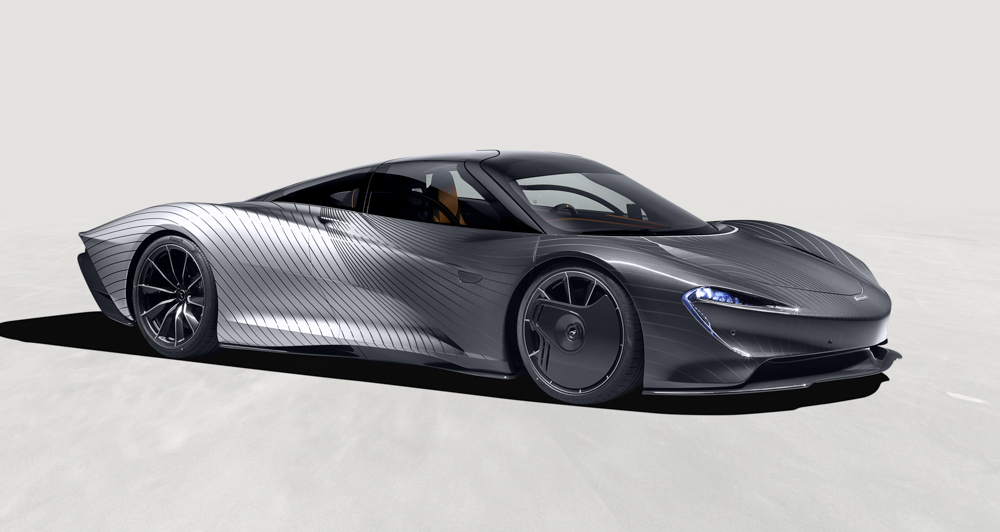
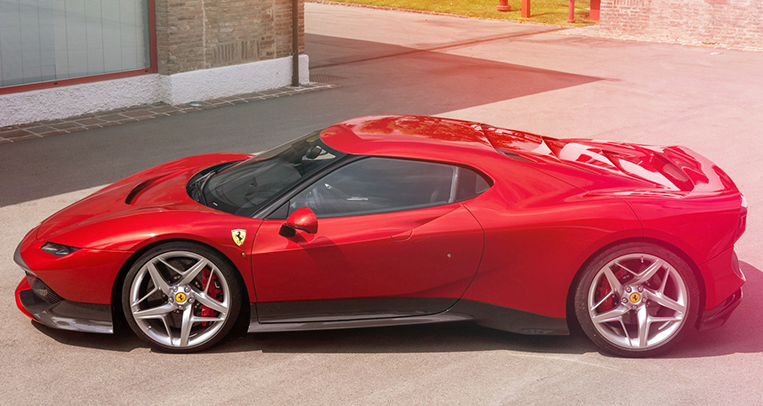
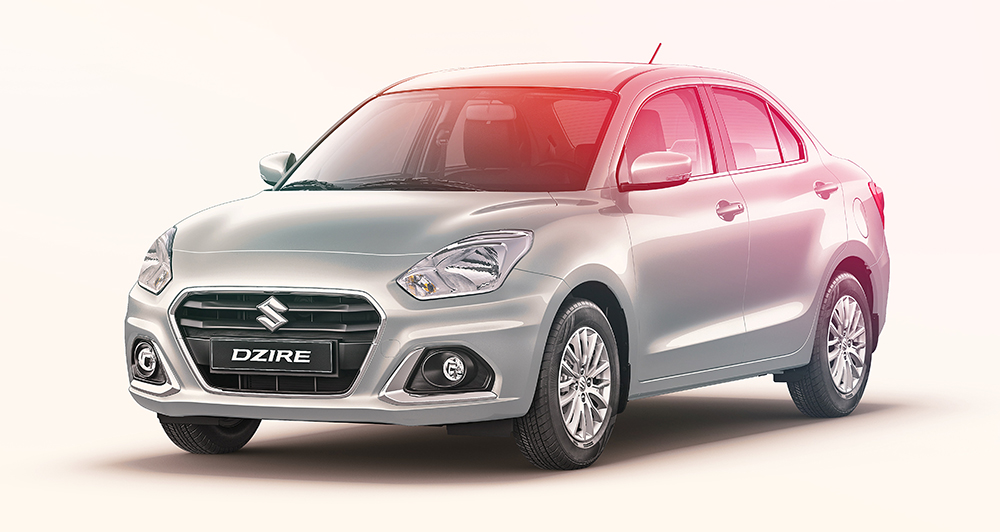
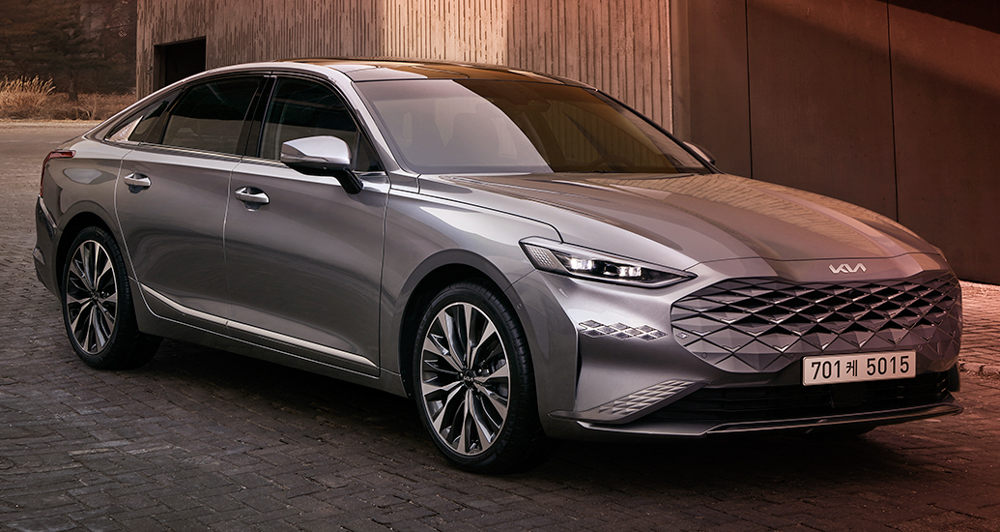
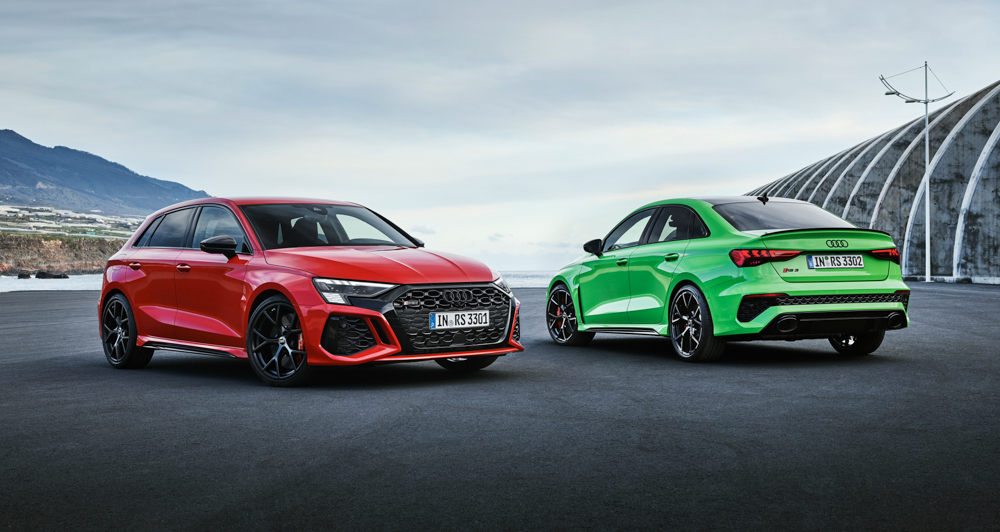




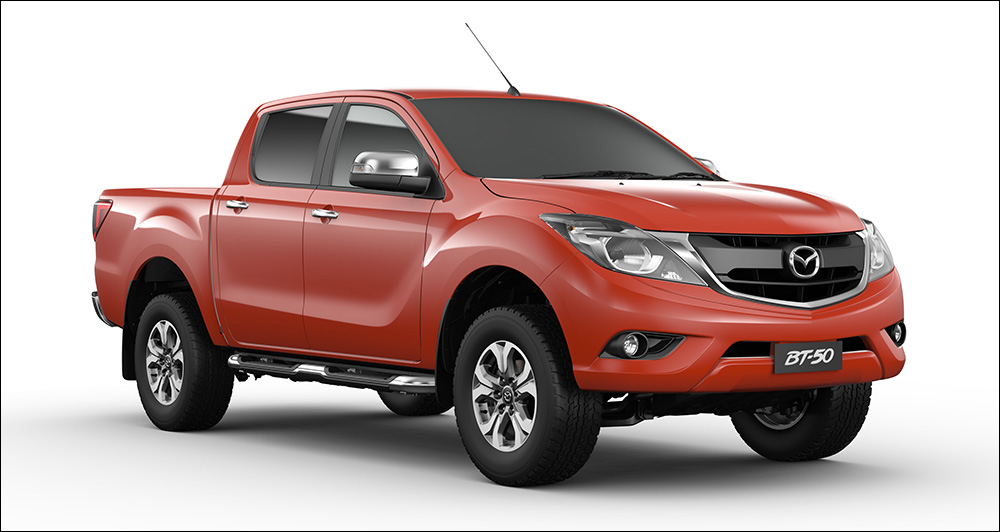
Comments